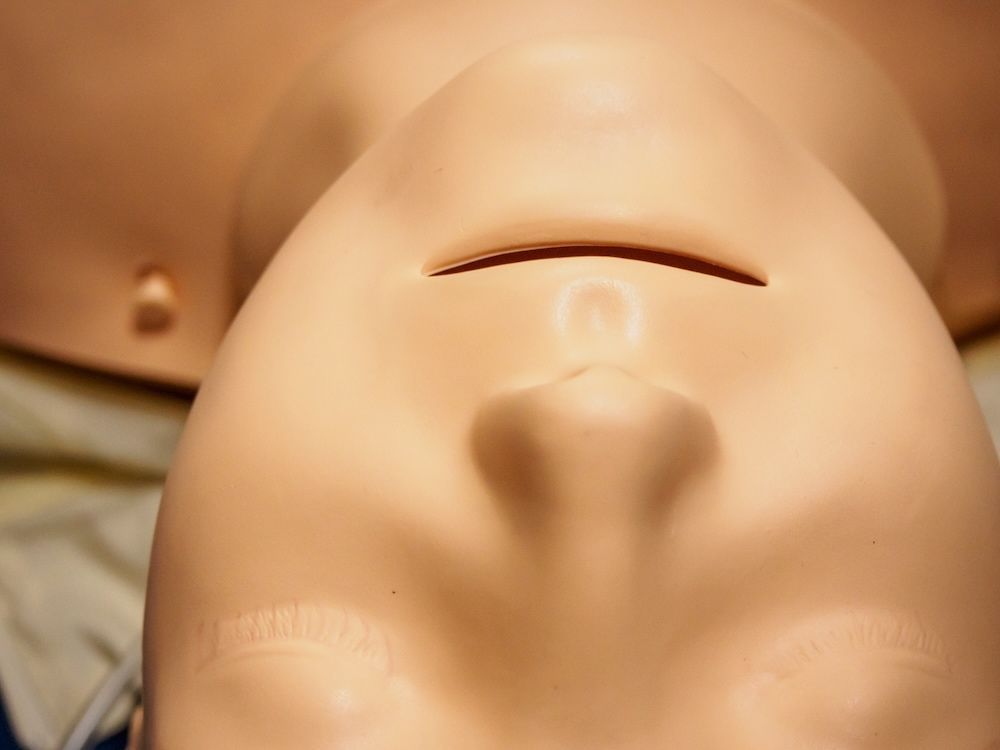Simulation is used in healthcare primarily to meet educational and training objectives, as well as to improve patient safety outcomes. As there are many different kinds of clinical simulation, the simulationist must first take a step back and consider which type of healthcare simulation modality is best suited to meet their specific objectives. Broadly speaking, the categories of medical simulation that exist are ones that meet either technical-skill, communication, or clinical-judgment learning objectives. Using this information and globally recognized standards of best practice, the modern clinical simulation educator can determine what the best modality and fidelity is for their unique context and prepare simulated learning activities. More recently, such medical simulation activities usually include consideration of interprofessional education (IPE) opportunities to also improve team performance.
A common issue challenging the world of healthcare simulation today is a lack of understanding of what simulation can, can’t, should, and shouldn’t do. This is sometimes true for the simulation educator, but the lack of understanding is currently more poignantly seen at the level of the administrator, healthcare executive, and even general care practitioners themselves. Inappropriate expectations, or worse, a lack of legitimate clinical simulation program development, can lead organizations to implement this teaching methodology for the wrong reasons, or in hopes of attaining unrealistic outcomes.
In healthcare, resources are precious, and any misappropriation of those resources can be not only wasteful, but potentially harmful to patients. If the use of clinical simulation in healthcare was always on-target, this wouldn’t be so concerning. Unfortunately though, the healthcare industry is stuffed with examples of poor implementation of sim, at times reinforcing “negative transfer.” Considering the above, the question “How is simulation used in healthcare?” is superseded by an even more important question, “How is simulation best used in healthcare?”
Resources are finite. As such, the greatest opportunity for simulation inherently exists at the crossroads between largest organizational need and fastest meaningful adoption. Simply put, learning demand is the horse and simulation the cart, not the other way round. In the corporate world, this is known as “starting with the why.”
This might seem like an obvious place to start, but sometimes, the desire to implement clinical simulation is driven by other factors such as meeting accreditation standards, promoting the reputation of an organization, or even just the use of discretionary funding. Instead, starting with identifying patient-facing learning objectives allows the simulationist to make the main thing the main thing. In this vein, starting with how clinical simulation can be used to meet learning objectives tends to be the most useful approach.
Note: Healthcare simulation can also be used for outcomes not solely related to learning objectives, such as for assessment, psychological processing of significant events, or even clinician recruitment. However, one could easily argue that everything in healthcare ultimately leads to patient care and is the best place to start.
The Hands: Using Healthcare Simulation to Meet Skill-Based Learning Objectives
Skills-based clinical simulation is the most familiar form of sim for most clinicians. Prior to inserting an IV or airway on a real patient, providers have become accustomed to practicing these activities with task trainers or manikins designed specifically for the skill in question. While this form of clinical simulation has fewer frills than full patient-encounter scenarios, skills-based simulation zeroes in on the fineries of tactile precision.
The Mouth: Using Healthcare Simulation to Meet Communication-Focused Learning Objectives
This form of medical simulation is more concerned with the clinician-patient interaction. Because of this, a communication-based focus drives the simulationist to create a more involved “patient case” or “scenario” which evolves as the learner progresses through the clinical simulation. When designing these scenarios, developing a learners’ verbal and non-verbal communication skills are the primary objectives, rather than developing skills in other areas.
An important caveat to consider for these types of scenarios is that learners can often feel a lack of realism when speaking to a manikin. To do this demands that the learner entertain a high level of suspension of disbelief – this can be difficult, taxing, and ultimately distract from the objectives of the scenario. As such, simulationists often opt for a standardized patient in communication-focused scenarios.
The Mind: Using Healthcare Simulation to Meet Clinical Judgment Learning Objectives
Rather than focusing on tasks or communication, this form of clinical simulation wants to develop the learners’ clinical decision-making mental process. While communication and technical skills may play a part in these cases, the priority at the center is helping the clinician think through illnesses, diagnoses, treatments, and protocols more accurately and efficiently. The broad goal is learning to think, which is no small task!
This presents a challenge to the modern healthcare instructor. A learners’ mental model for arriving at clinical decisions is invisible (unlike technical skills and communication), and yet, errors in that judgment process can lead to the most devastating health consequences for patients. Clinical-judgment simulation’s ability to change the health outcomes that challenge modern healthcare systems today has made this form of clinical simulation quite popular.
The forms of simulation described above have been framed through the lens of learning objectives rather than health outcomes. This is because the end result of a patient’s health outcomes do not rely solely on clinician skill. Clinical simulation plays a part in changing outcomes, but cannot be expected to account for results that have nothing to do with better training and provider proficiency.
The Healthcare Mega-Simulation
This might leave the modern simulationist asking, “So what type of simulation is best?” The answer is to choose the type of healthcare simulation that matches the learning objective. As an example, if CAUTI’s are a pressing issue in an organization, they should implement a skill-based clinical simulation to improve sterile technique. A common temptation is to create a simulation scenario that tries to do everything at once. The argument for doing this is that real health environments involve the hands, the mouth, and the mind. While this is true, there are additional variables to consider, such as the cognitive load for the learner, time available, and simulation resource taxation.
In light of this, designing a scenario that more specifically addresses certain objectives may be preferable. With that in mind, the educator must have a strong knowledge of desired outcomes, available resources, and learner characteristics to use whatever type of simulation is most appropriate (which may sometimes be a Mega-Simulation!)







